This New Species Is a Fish out of Water by Choice
The Juan Deriba killifish, found in a tiny area of Bolivia, jumps out of water to evade threats.
In the summer of 1996 in Central Bolivia, after a thunderstorm soaked the usually parched dry forest surrounding Juan Deriba Farm, 15-year-old Heinz Drawert strolled along one of the muddy forest trails. Out of the corner of his eye, he spotted something shimmering in a shallow puddle. He stopped to take a better look, and found himself staring at a tiny fish unlike any he had ever seen. Less than two inches long, it reminded him of the elaborate, sequined dresses of Carnival dancers: Its scales gleamed, dotted with red, green, and gold, and its flowing fins and tails were striped in vibrant bands of electric blue, crimson, and deeper carmine red. “Even then,” recalls Drawert, “I suspected that this could be a new species.”
For 25 years, Drawert, now a researcher at the Noel Kempff Mercado Museum of Natural History in nearby Santa Cruz de la Sierra, wondered about that fish.
“Life happened: I studied, built a career in science, and had a family, but the fish was always at the back of my mind,” he says. Then in 2021, the chance to search for the mysterious animal arrived when he joined a project recording freshwater species throughout Bolivia. Back into the forest Drawert went, retracing his steps along the muddy trails until he found another shimmering fish and began to document its unusual behavior. His fieldwork would eventually lead to a startling possibility: That this is a fish out of water by choice.

Rediscovering the fish proved his hunch as a teenager correct, and, in a 2022 paper in Neotropical Ichthyology, Drawert described the Juan Deriba killifish (Moema juanderibaensis) as a new species of rivulid, small, brightly colored freshwater fish found mostly in South America.
“It was a dream come true to confirm that the fish I’d found as a kid was a new species,” Drawert says. The story does not end there, however. “When I began to watch their behavior, I found something even more interesting.”
The natural habitat of the Juan Deriba killifish is a sun-drenched patch of a few square miles of transitional forest, which straddles the humid Bolivian Amazon rainforest and a dry forest known as the Chiquitano. There, the fish lives much of its brief, three-month life in ephemeral puddles that are often only a couple inches deep. The killifish subsist on insect larvae, worms, tiny crustaceans, and often each other before the tiny seasonal pools evaporate under the relentless sun. That’s when, on a return trip in the dry season to continue his field study, Drawert noticed something very strange.
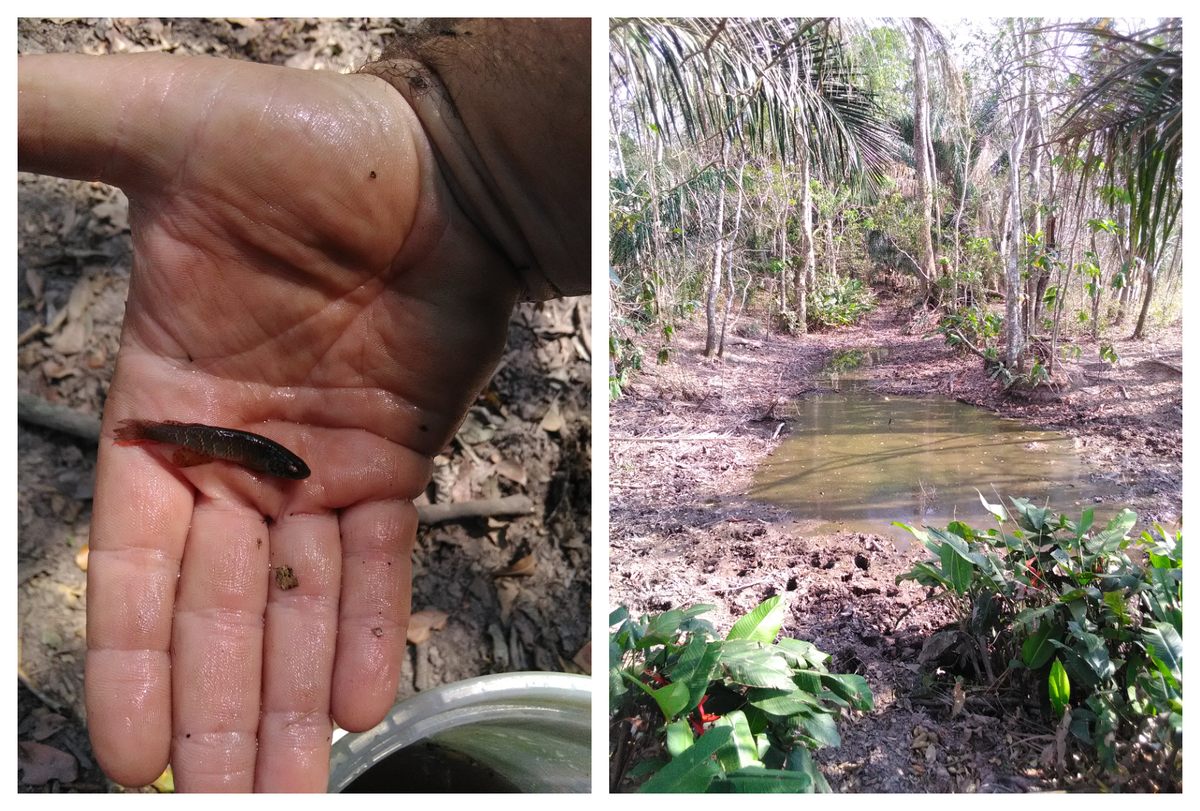
“When I got close, I began to notice that the fishes were actually out of the water, and hiding in the leaves and branches of trees and shrubs,” he says. Some of the animals remained in the vegetation for hours—a fascinating discovery, but one that stymied his plans to study their behavior in the water.
So Drawert captured some of the fish and took them back to a large aquarium in his home for observation. One thing quickly became apparent, he says: “The males were fighters.”
In the aquarium environment, one pugnacious male began to bully the females and to attack other males, mutilating their fins and tails through incessant biting. In response to this aggression, both male and female fish began to leap out of the water, sometimes hiding on the topside of water plants floating on the surface. There they stayed for hours on end.
“I had to separate them into eight different aquariums. They were too fierce and I just couldn’t let them kill each other,” says Drawert. In the wild, Drawert would discover, that’s exactly what happens.
The Juan Deriba killifish’s short and savage existence begins when rains arrive in the parched forest. Thousands of fish emerge from eggs that were buried in sunbaked soil as it becomes a muddy puddle. Rampant cannibalism and fighting quickly thins their numbers, and, among the males, only the most aggressive will go on to breed. Meanwhile, the vanquished males that survive become virtually identical to the females in appearance, losing their flowing tails and taking on the same opalescent coloration and passive behavior. While dominant males win mating rights, there’s a brutal tradeoff: Their flashy colors make them a conspicuous target for predators, including snakes, lizards, birds, and coatis, further shortening their already brief lives.
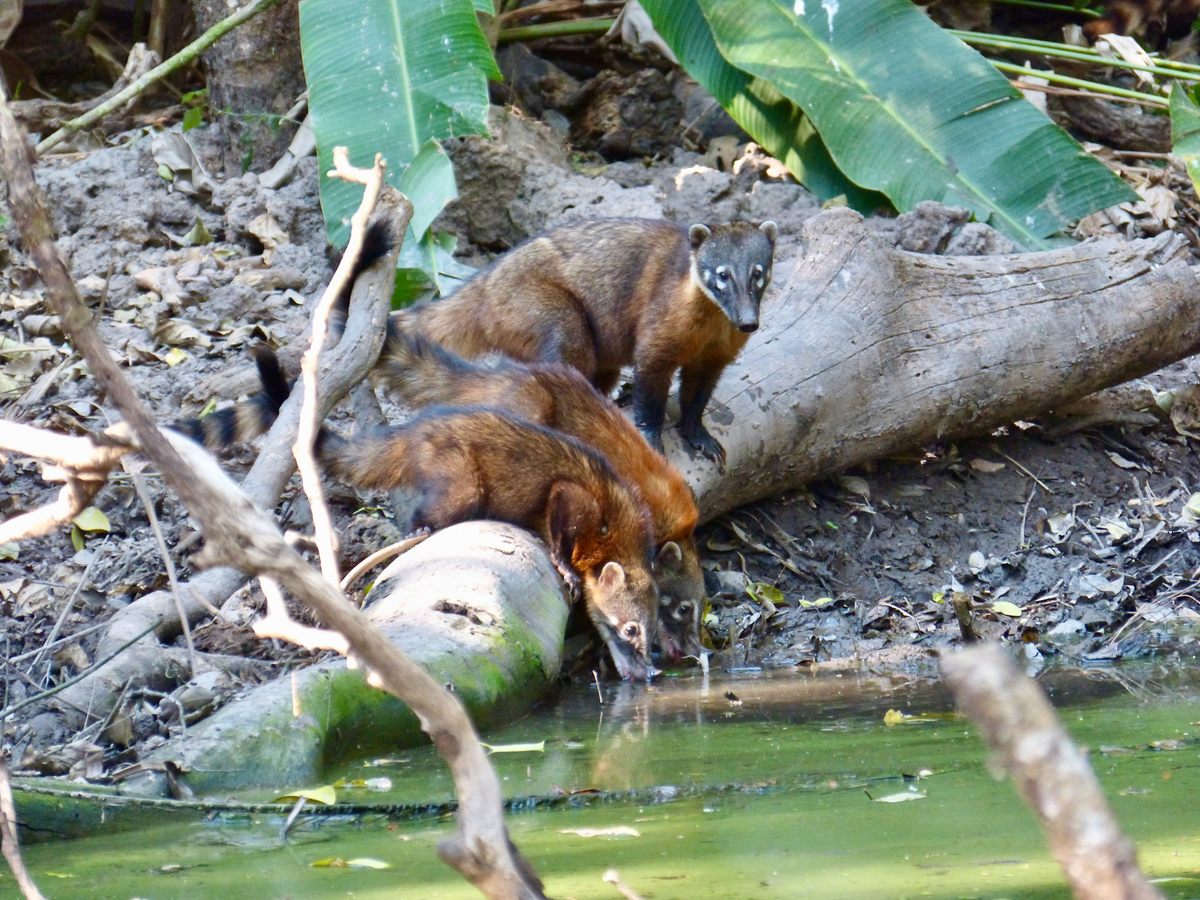
As Drawert continued his study, he began to suspect the fish might be engaging in something even more intriguing: moving over land, between puddles during the dry season, either to escape aggressive males and predators or simply to find a more hospitable home. “It’s just a hypothesis and not conclusively proven yet,” says Drawert. “But, because of the harsh conditions of its habitat, I believe there is a strong possibility.”
Amphibious behavior isn’t unheard of in killifish. “There are about 200 species of killifish that show some degree of amphibious behavior, ranging from moving between water and land to staying out of water for months at a time in rotten logs,” says Giulia Rossi, a comparative animal physiologist at the University of Toronto. However, this kind of behavior usually occurs in humid environments, such as tropical rainforests and mangroves, where the fish can survive in moist leaf litter and vegetation by breathing through their skin.
But the Juan Deriba killifish lives in an environment that is bone dry for much of the year. “It’s pretty unusual,” says Rossi. “If this species is moving somehow from one pool to another, it’s going to need to move really quickly… without drying out itself and dying.”
Drawert’s investigation into this possible behavior continues, as does his conservation work for the species, currently known only from a tiny range around the farm for which it was named. While the forest in the immediate vicinity is protected, Bolivia’s rapidly expanding agricultural industry has already destroyed large swathes of similar ecosystems, potentially wiping out other killifish populations before they could even be discovered.
“Killifish are very tough, they can endure and adapt to seriously challenging environmental conditions, which would be lethal to other fish,” says Felipe Alonso, a researcher and founder of the Killifish Foundation. “But they don’t adapt well to habitat loss, which has been the main cause of the extinction of more than one species here in South America.”
The toughness of the Juan Deriba killifish and its kin may be their best hope, Alonso adds. “They don’t need expensive conservation programs or huge areas of habitat as many endangered mammal and bird species do,” says Alonso. “In most cases, this conservation can be as simple as protecting and monitoring the ponds and maintaining the habitat which surrounds them, and that’s being done really well with the Juan Deriba killifish. … There’s reason to be hopeful for its future.”
For his immediate future, Drawert is returning to the forest he knew as a boy, to study the shimmering creature he first encountered more than a quarter century ago. “There’s still so much left to study,” he says. “I know that the rest of my lifetime isn’t going to be enough to learn everything there is to know about this fish.”
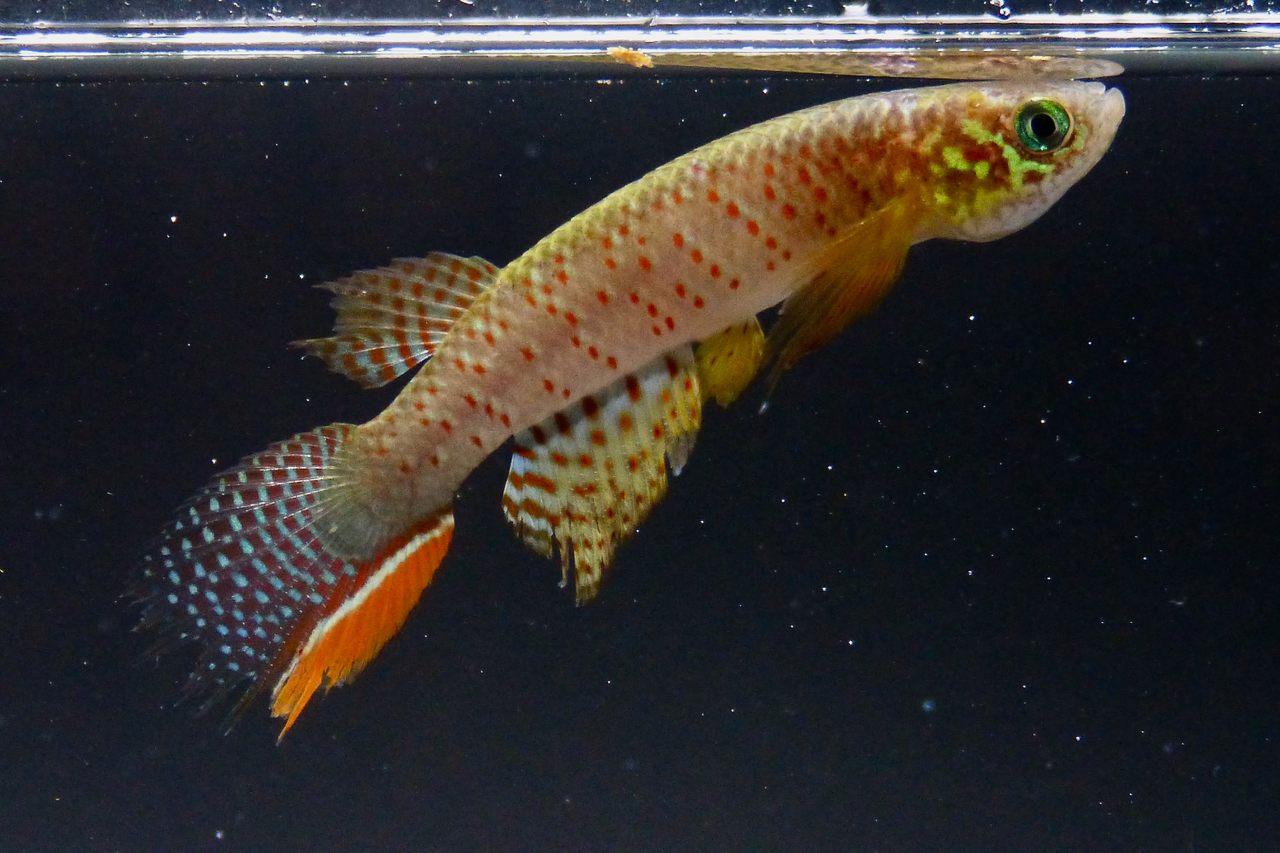





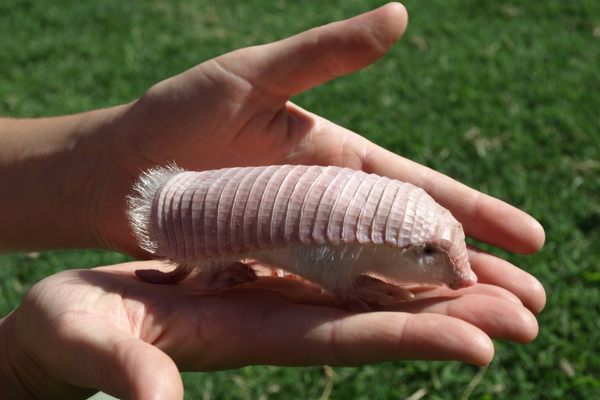
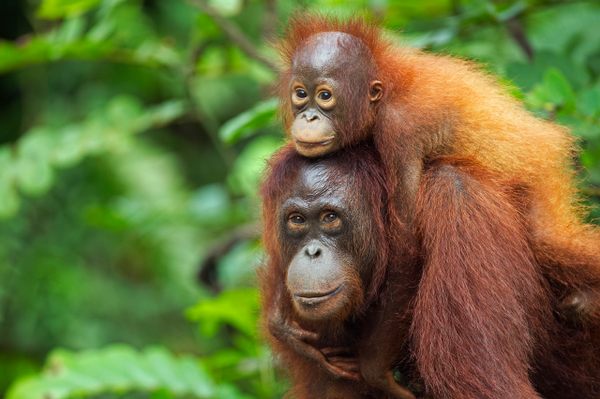























Follow us on Twitter to get the latest on the world's hidden wonders.
Like us on Facebook to get the latest on the world's hidden wonders.
Follow us on Twitter Like us on Facebook